Why Jute ?
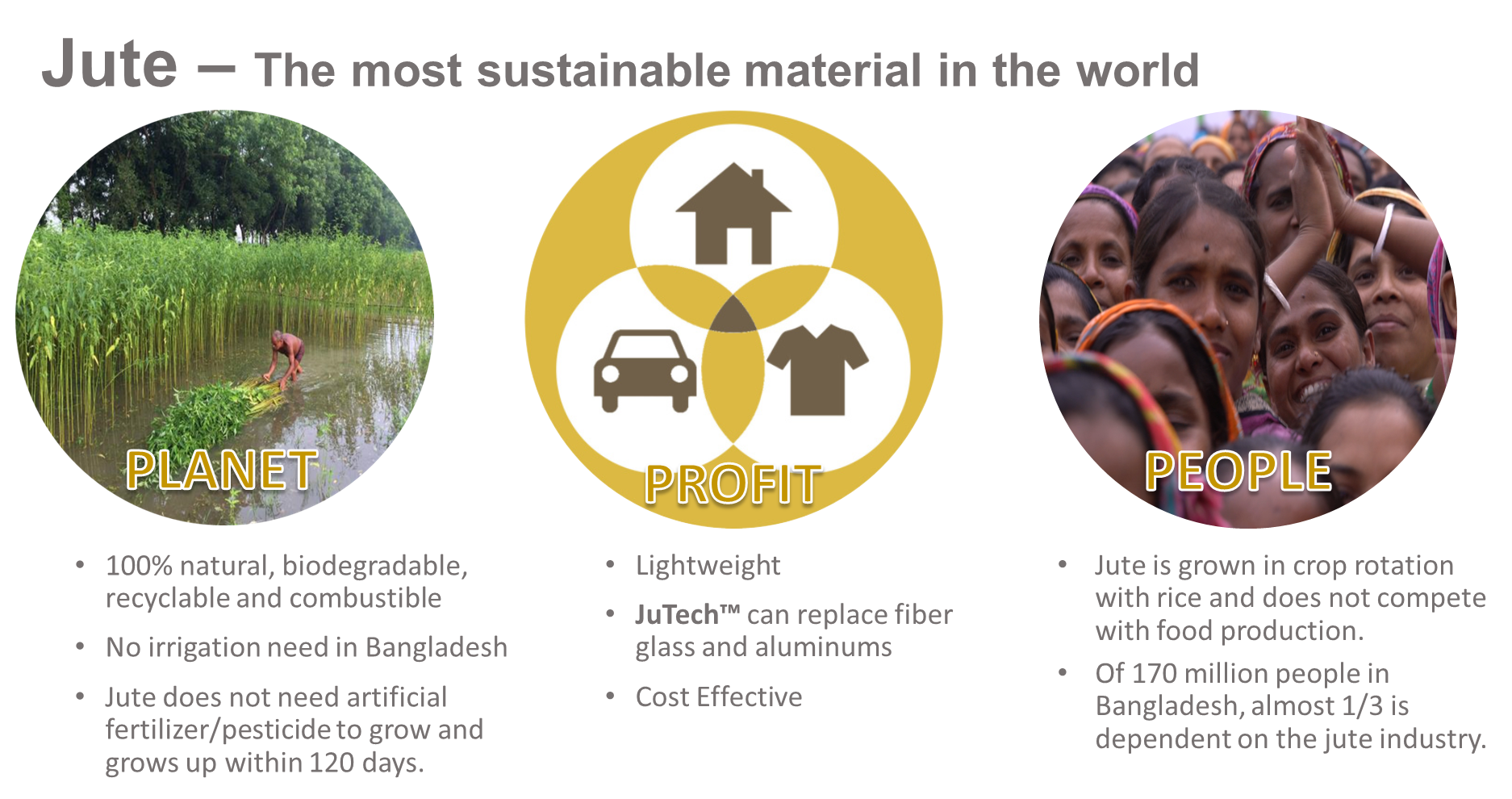
Trees mature in 60 – 80 years, bamboo in 3 to 10 years. Jute matures in 120 days only. In Bangladesh, there are 3 crops per year. Jute is crop rotated and the field generally produces two rice and one other crop, preferably Jute. This means you don’t take away land area from food production. Also growing Jute means that you don’t need fertilizers or pesticides in the farming afterward.
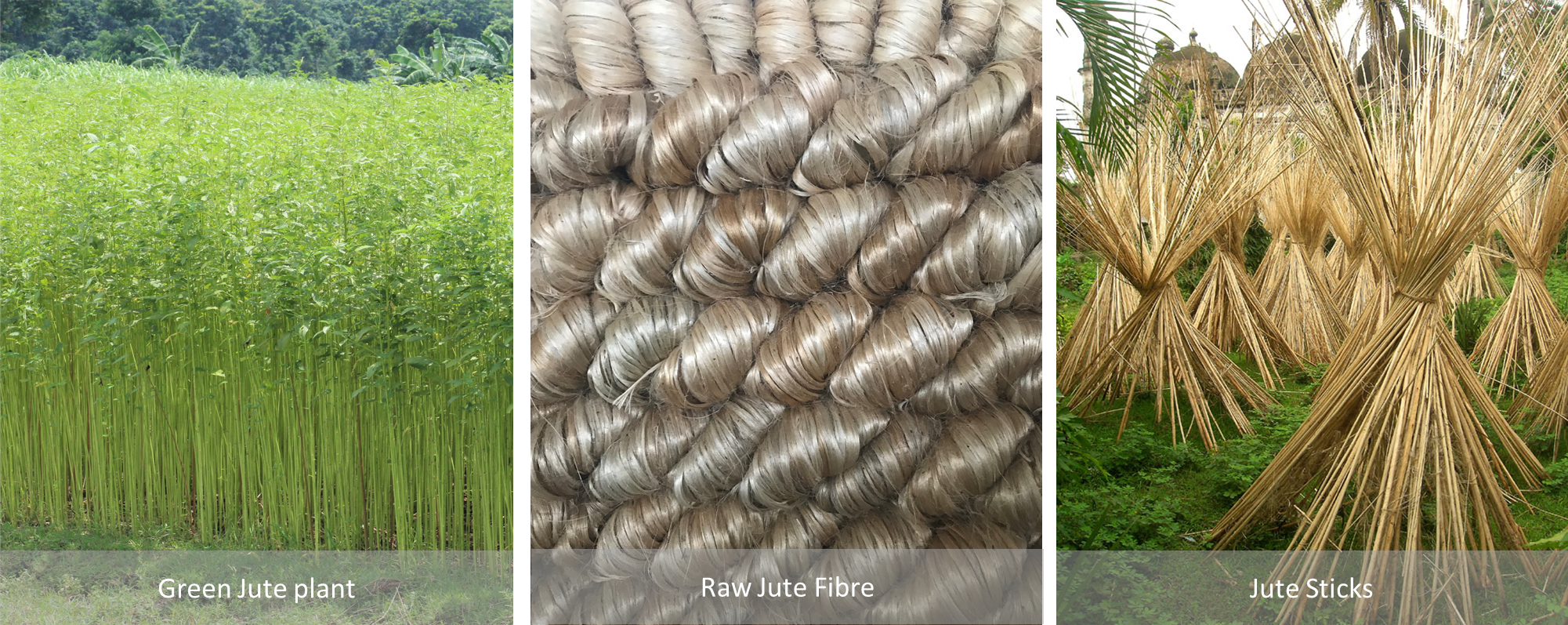
The social factor is immense. In Bangladesh, there 170 million people of which almost 1/3 is depending on the jute industry in some ways or the others. Maby farmers and entrepreneurs are very poor and lots of women work in the whole value chain also. When we focus on lifting jute in the value chain – we contribute to empower women and lift at least around 50 million people from poverty. This we call the JuteEffect!
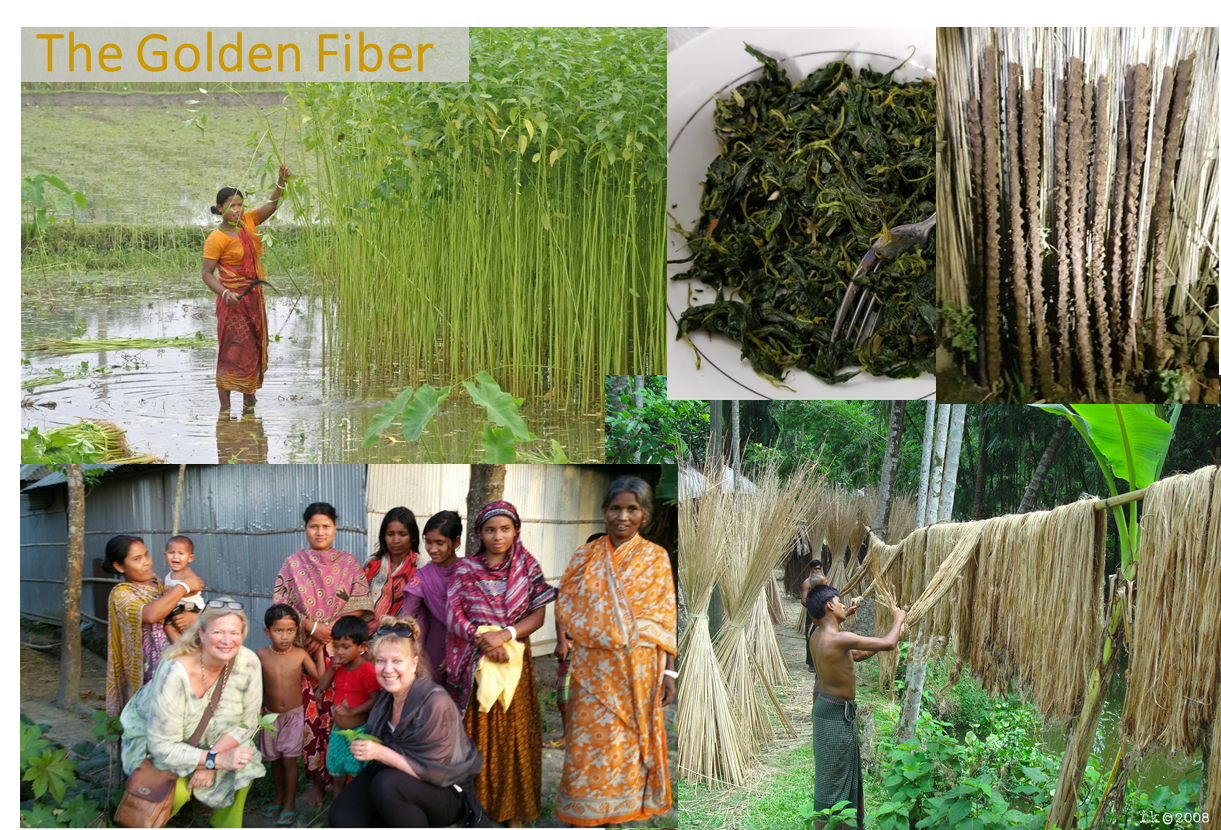
Jute is the second largest natural fiber, only second to cotton. It is mainly grown in India, Bangladesh, and Brazil, (of which the highest quality origin from Bangladesh). It is a cellulosic fiber that gives a yearly crop.
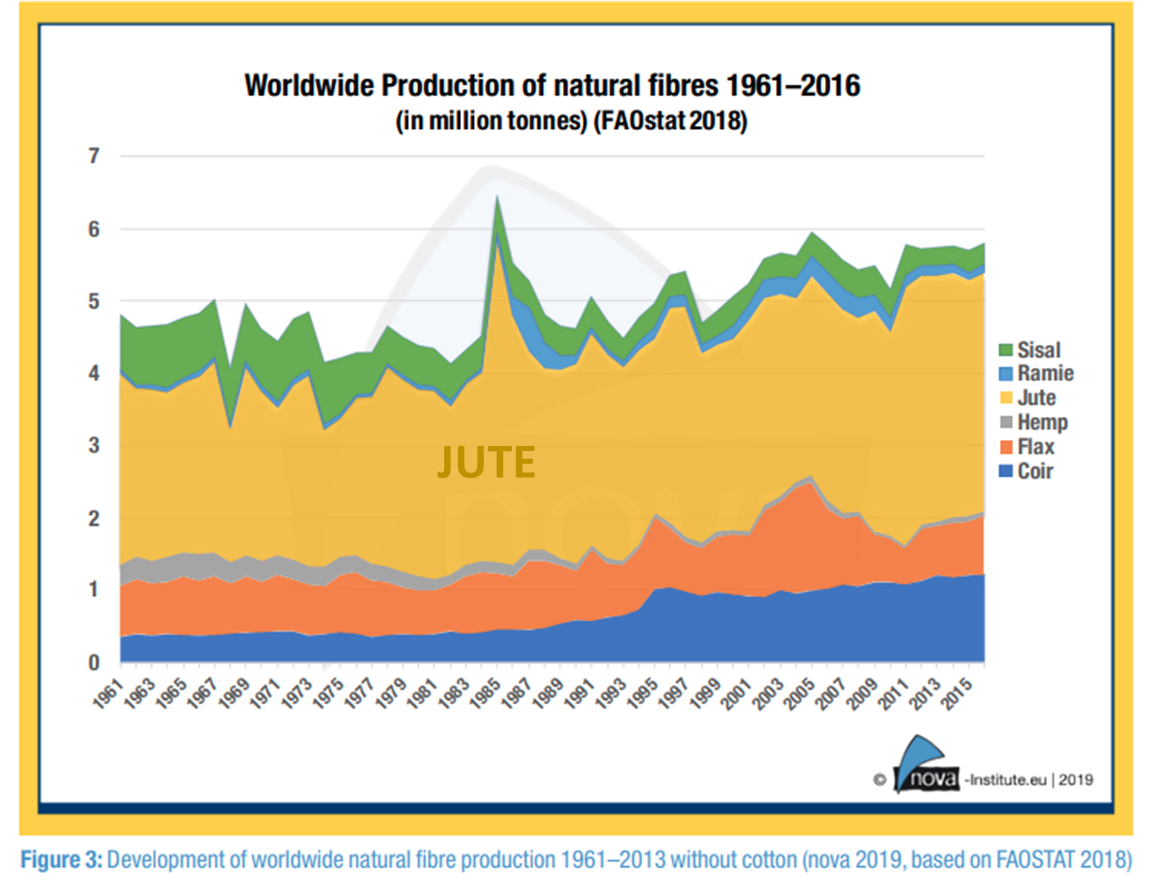
Since it matures in only 120 days and adds natural nutrients to the soil it is co-grown with food, for example, rice, meaning it doesn’t take the land area from food-production in parts of the world that struggle with poverty and famine. The volume of cellulosic fiber produced per hectare and per year is larger than the most fast-growing trees.

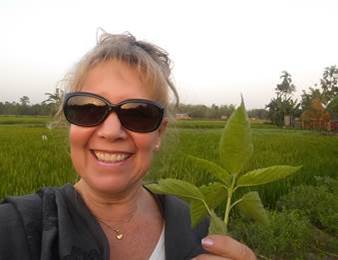
Growing Jute demands very small amounts of chemicals and fairly small amounts of water. It is 100% biologically degradable and non-toxic. 1-hectare Jute absorbs 15 MT carbon dioxide and releases 11 MT of oxygen to the air, which is about 4 times as much as the Poplar tree, often grown because of its high ability to produce oxygen.
The technical properties of the Jute fiber contain many useful characteristics that probably makes it the most sustainable alternative in many different application fields:
- Having a tensile strength comparable to steel.
- It is light. It is about 30% lighter than glass fiber.
- It has low density.
- It has insulating properties.
- It is 100 natural, biodegradable, recyclable and combustible.
- It has anti-static and UV protective properties.
- It is CO2 neutral.
- It is antibacterial and antiseptic
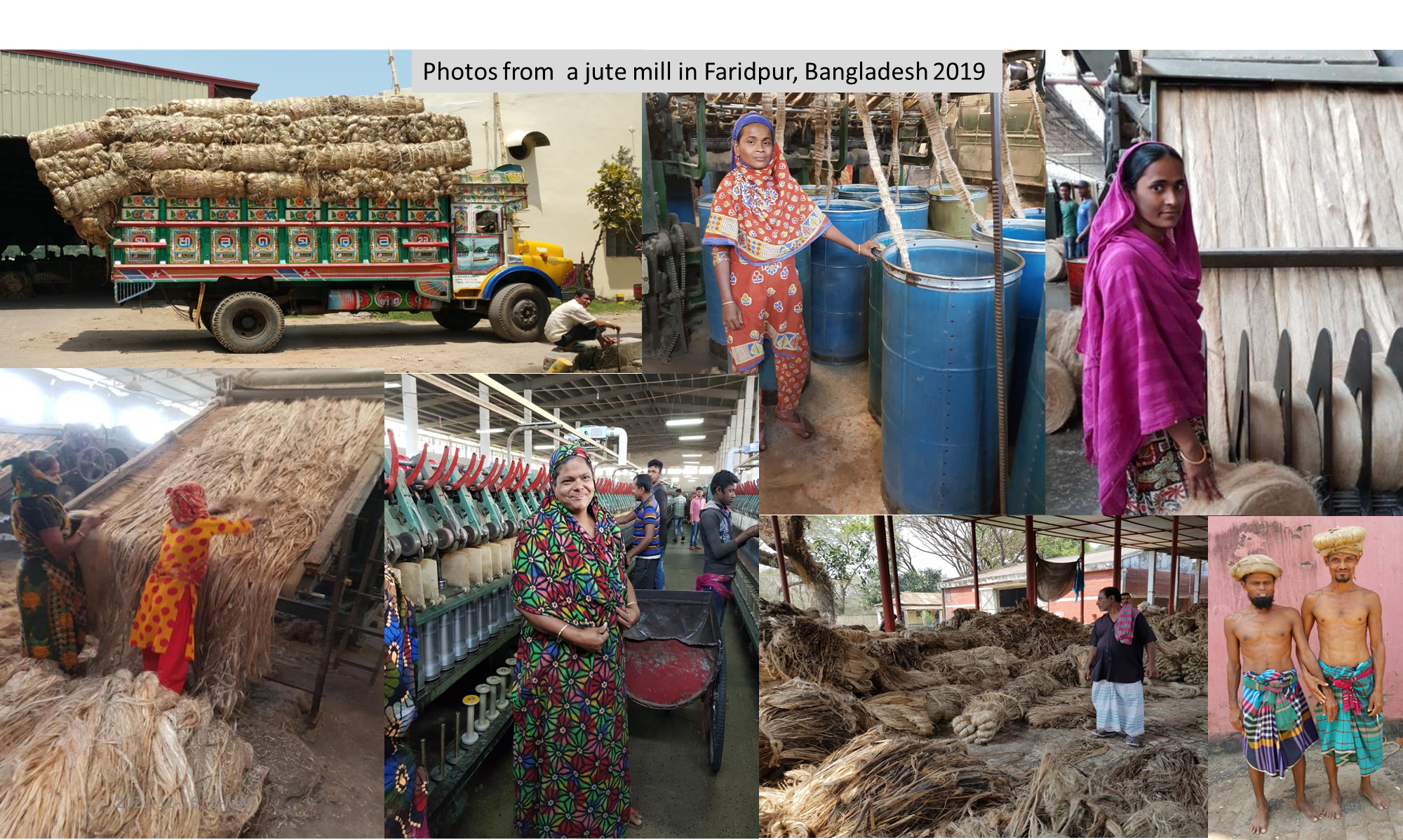
Advances in Jute research and development have enabled this natural fiber to stand as the best viable candidate for the Green Alternative in the textile, automotive and construction industry. The rising global environmental awareness has brought the “Golden Fiber” back into the limelight.
